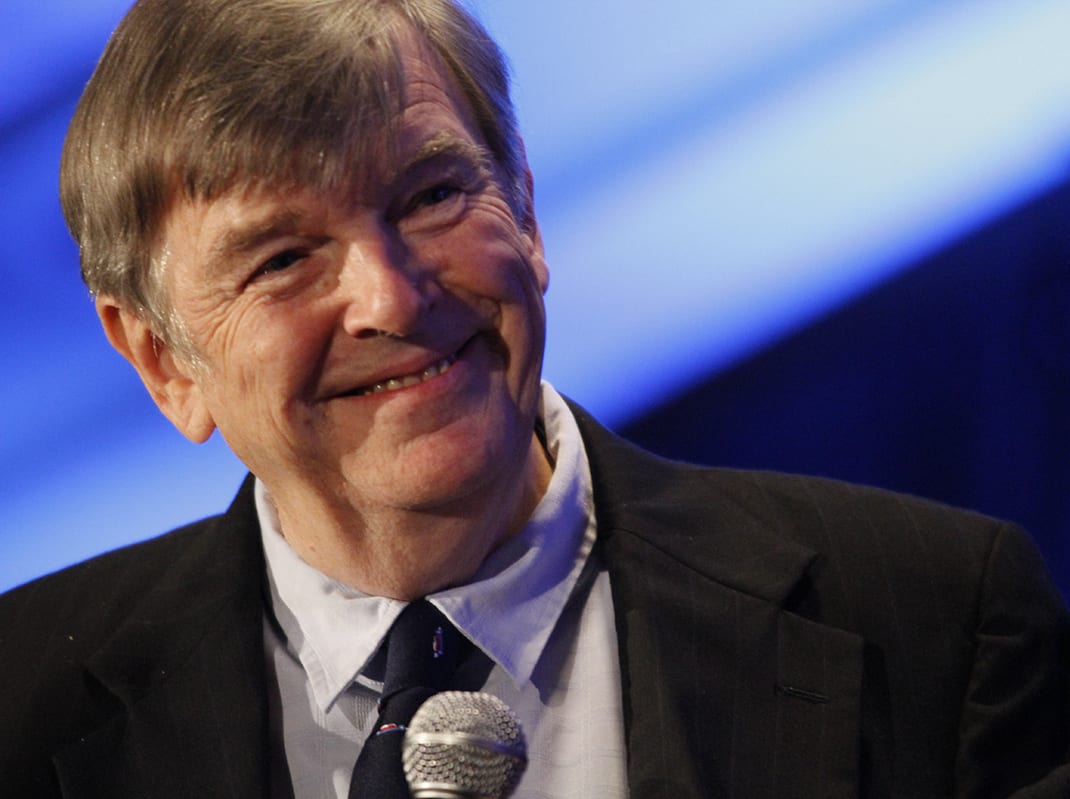But on Dec. 31, Davidson will be history as he retires from his position as IMS Historian. He isn’t going away completely; he just isn’t going to work anymore. He intends to be at the track for the Indianapolis 500 and the other races at the famed facility, but it will be on his time.
“I never expected to be able to do this as long as I did,” Davidson said. “As I sort of became a senior citizen, I began to think about a lot of other things I would like to do really locally just around the house. I don’t want to go to every baseball park or any Formula One Grand Prix, anything like that. There’s just a lot of stuff. I bought a lot of books I never read, movies that I’ve never watched. I’ve been thinking about it for a while.
“Especially in the last several months, when we had to work from home, that’s okay for me except I’m technically challenged. As my friends will tell you, I’m not really computer savvy. I was using a computer, but I had to do a lot of things. I also did a lot of phone interviews, talking with fans and people with questions.
“So, as I’m lying there on the divan talking to people all over the country, I’m looking up at my shelves, I’m thinking, Golly, I haven’t watched these movies yet, all these books. There are things that I would like to do.
“I’ve just been thinking that I don’t want to stop but I just thought I would like to be able to do just what I want to do. There’s a lot of little things that I’d like to do, straighten the place up, just sort of take care of things around the house, sort my stuff.”

The beginning of Davidson’s time at the Indianapolis 500 coincided with the era that many refer to as the Golden Age of the Indianapolis 500. It was the mid-1960s when the race continued to grow at such a pace that it became a worldwide phenomenon. Crowds exceeding 300,000 spectators came to the track to witness high-speed gladiators in what was a very risky and dangerous event at that time.
“I just happened to be on the radio broadcast,” Davidson recalled. “Radio was king. The broadcast, there had been radio going back to the ’20s, but it just exploded in the mid ’50s. Closed circuit TV began showing the race in 1964, but the Radio Network was how the world discovered the Indianapolis 500.
“I think the claim was that the race could be held in every country where English was spoken except behind the Iron Curtain or something like that.
“As far as it being the golden age, I think different people have their version of the golden age. I think I’m not really answering your question, but I think when you ask a lot of people, no matter what the sport is, it happens in baseball a lot, when people say, my favorite era was such and such. Normally that’s when they first discovered it and got into it.
“You sort of accept everything that’s going on now and what’s gone before. You have your heroes. As the new people come along that may be even greater, I think you tend to not hold them in the same esteem as the people when you first got interested.
“It was very, very exciting times.”
It was 10 years after Davidson attended his first Indy 500 in 1964 that the man from England began to understand how his role helped spread the message of the race around the world.
“I was standing with some people the day before the race just talking, media, people outside the old press room,” Davidson recalled. “A guy came by. He said, ‘Excuse me, are you Donald Davidson?’ I said, ‘Yes, sir.’
“He said, ‘I recognized your voice.’
“I said, ‘Are you from around here?’
“He said, ‘No, I’m from Sydney, Australia, this is my first visit. I listen to the broadcast and I recognized your voice.’
“That just gives me goosebumps.
“It was also a lesson to be aware that when you’re talking, any comment that you make, anything you say, you never know who you may be affecting that’s a kid that will come up to you years later and say, Hey, I remember when you did this, that or the next thing.
“I remember that. It was stunning. Again, I don’t think that really answers your question, but thank you Sid Collins. What a thrill to be part of the Radio Network for all those years.”
What a thrill ride it has been for Davidson to be part of the Indianapolis 500 through his many roles and capacities and it all began when he discovered a race that was all left-hand turns from the tattered pages of Autosport.
